Modest economic recovery, no drop in unemployment
The Serbian economy is showing the first signs of modest recovery at the beginning of the year, but there has been no decline in unemployment rates.
Thursday, 21.03.2013.
20:26

BELGRADE The Serbian economy is showing the first signs of modest recovery at the beginning of the year, but there has been no decline in unemployment rates. This implies that recovery in the largest part of economy is yet to start, it was estimated on Thursday at a presentation of the latest edition of "Quarterly Monitor of Economic Trends and Policies in Serbia". Modest economic recovery, no drop in unemployment Editor-in-chief of "Quarterly Monitor" Milojko Arsic underlines that Serbia has recorded a modest rise in the gross domestic product (GDP), a drop in inflation and foreign trade deficit. However, unemployment has steadied at a high level and there is still a risk of public debt crisis and external debt crisis, he added. The state of Serbia's labor market is still very unfavorable, and there are no signs of recovery, and the data on a drop in joblessness of the Serbian Statistical Office should be considered with utmost reserve, he said. The economic recovery has been focused on several branches of economy such as auto industry, pharmaceutical and oil industries, while the rest of economy still stagnates or is in recession, which implies that such economic growth would first be reflected in a rise in exports, but there will be no increase in employment in the next two or three quarters, he noted. “Such growth should not mislead economic policy makers, who should stick to the same policy as if the country were still in recession,” Arsic said. Since the beginning of 2013, the fiscal policy has become much more restrictive, but the data for the first two months suggest that the consolidated budget deficit would be 4.5 percent of the GDP instead of the planned 3.6 percent, Arsic notes. “Such a high deficit would trigger Serbia's high indebtedness, so the authorities have to prepare additional austerity measures to make sure that the deficit does not exceed 4 percent of the GDP,” he said. Underscoring that there has been a sharp drop in inflation in November, since when it remained at a low level, Arsic underlines that the reason for that is that the effects of the dinar's depreciation and fiscal expansion from the first half of 2012, and effects of tax increase and food price hikes due to drought wore off. By the end of 2013, inflation will stay at a low level, with occasional increases due to a rise in the state-controlled prices, he added. Arsic notes that the dinar-euro exchange rate will depend on the capital inflow and monetary policy, estimating that it is important to prevent the strengthening of the Serbian currency, taking into account short- and long-term effects on the economy, while in the long run its weakening would be welcome. Tanjug
Modest economic recovery, no drop in unemployment
Editor-in-chief of "Quarterly Monitor" Milojko Arsić underlines that Serbia has recorded a modest rise in the gross domestic product (GDP), a drop in inflation and foreign trade deficit. However, unemployment has steadied at a high level and there is still a risk of public debt crisis and external debt crisis, he added.The state of Serbia's labor market is still very unfavorable, and there are no signs of recovery, and the data on a drop in joblessness of the Serbian Statistical Office should be considered with utmost reserve, he said.
The economic recovery has been focused on several branches of economy such as auto industry, pharmaceutical and oil industries, while the rest of economy still stagnates or is in recession, which implies that such economic growth would first be reflected in a rise in exports, but there will be no increase in employment in the next two or three quarters, he noted.
“Such growth should not mislead economic policy makers, who should stick to the same policy as if the country were still in recession,” Arsić said.
Since the beginning of 2013, the fiscal policy has become much more restrictive, but the data for the first two months suggest that the consolidated budget deficit would be 4.5 percent of the GDP instead of the planned 3.6 percent, Arsić notes.
“Such a high deficit would trigger Serbia's high indebtedness, so the authorities have to prepare additional austerity measures to make sure that the deficit does not exceed 4 percent of the GDP,” he said.
Underscoring that there has been a sharp drop in inflation in November, since when it remained at a low level, Arsić underlines that the reason for that is that the effects of the dinar's depreciation and fiscal expansion from the first half of 2012, and effects of tax increase and food price hikes due to drought wore off.
By the end of 2013, inflation will stay at a low level, with occasional increases due to a rise in the state-controlled prices, he added.
Arsić notes that the dinar-euro exchange rate will depend on the capital inflow and monetary policy, estimating that it is important to prevent the strengthening of the Serbian currency, taking into account short- and long-term effects on the economy, while in the long run its weakening would be welcome.




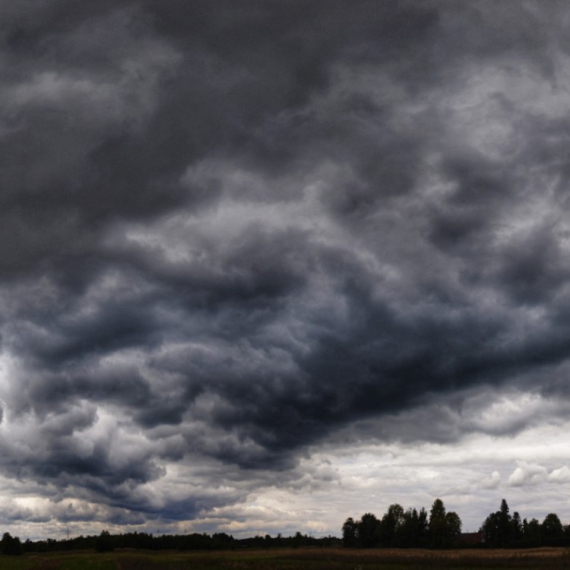

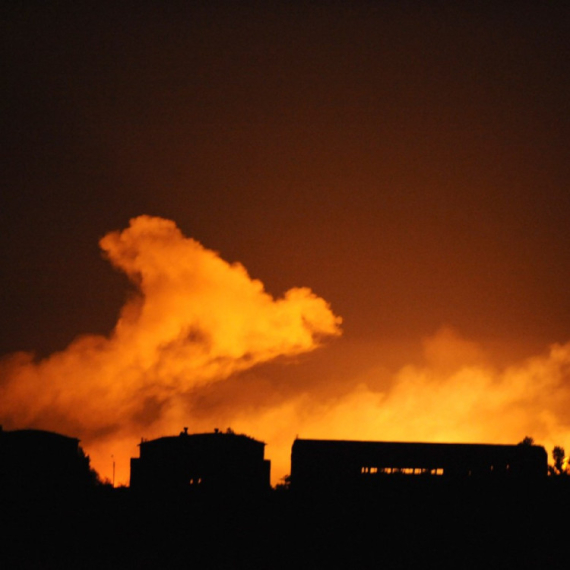



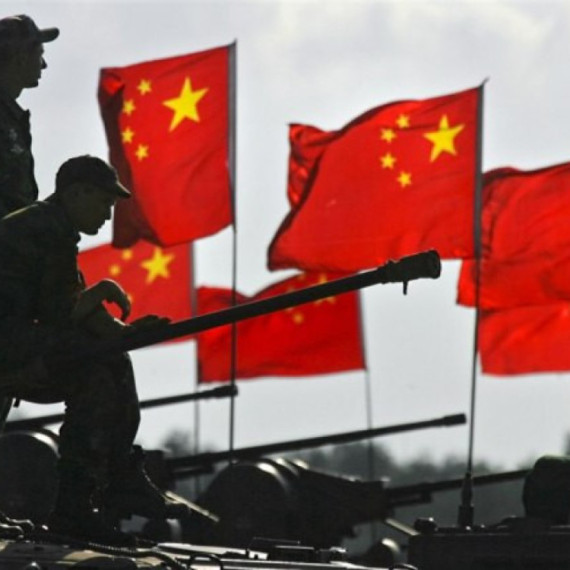


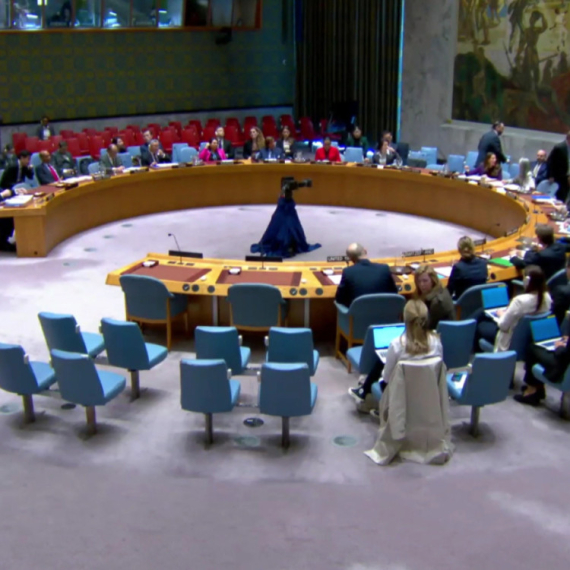











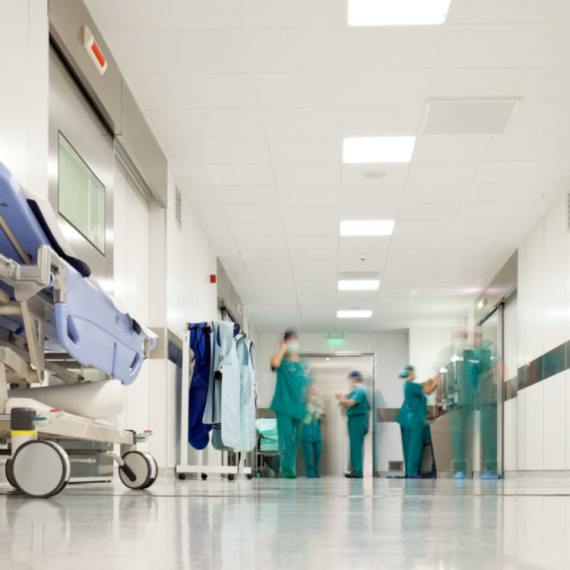




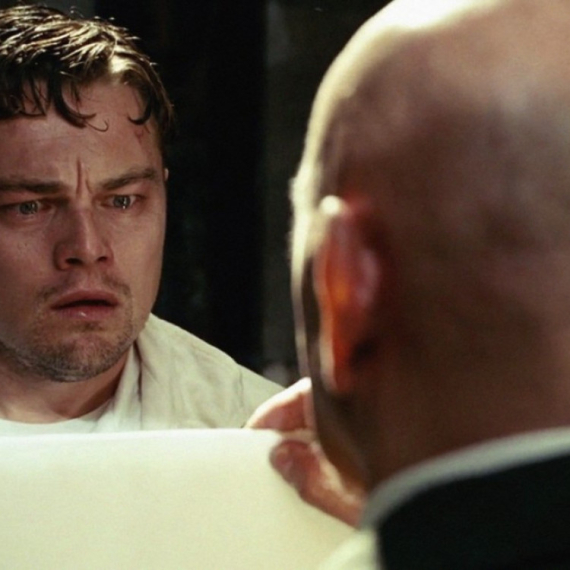




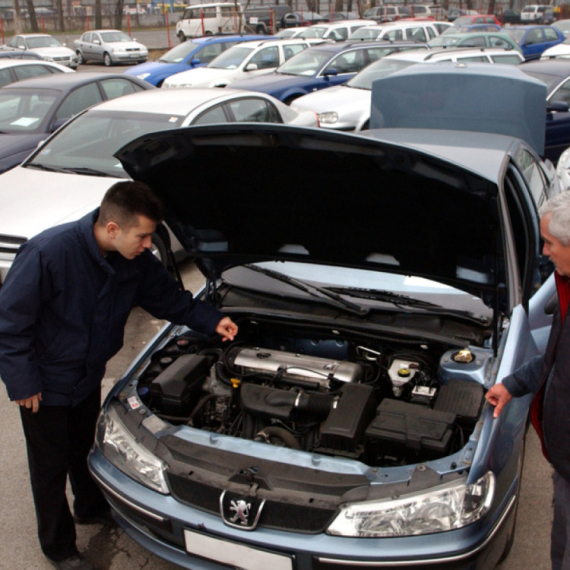


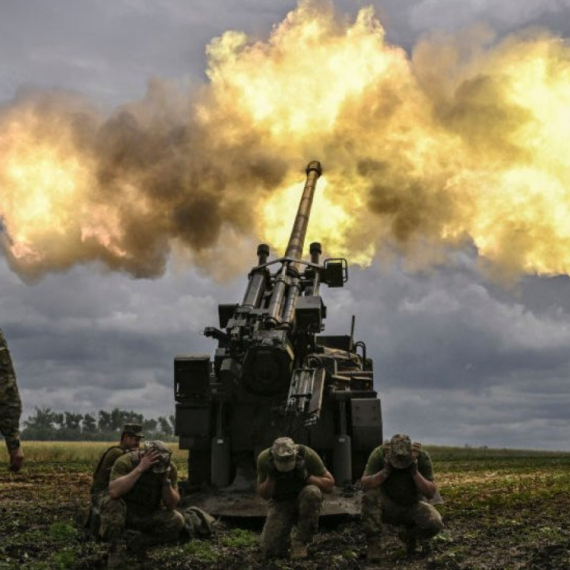
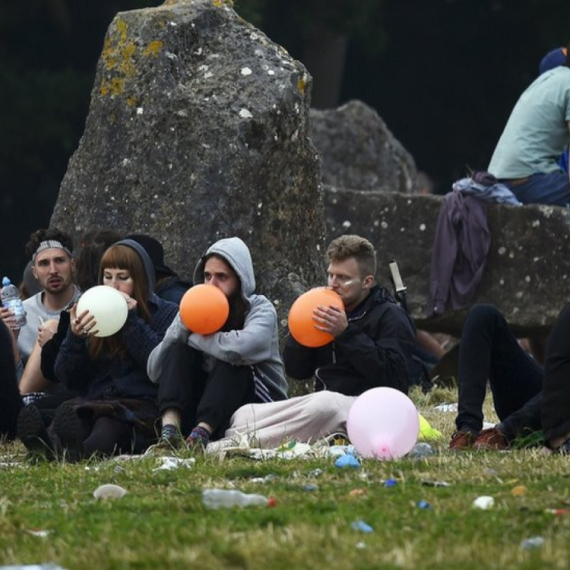

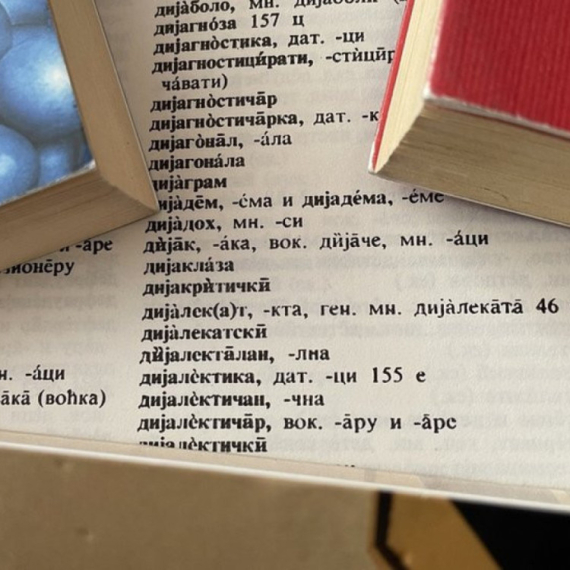

Komentari 1
Pogledaj komentare